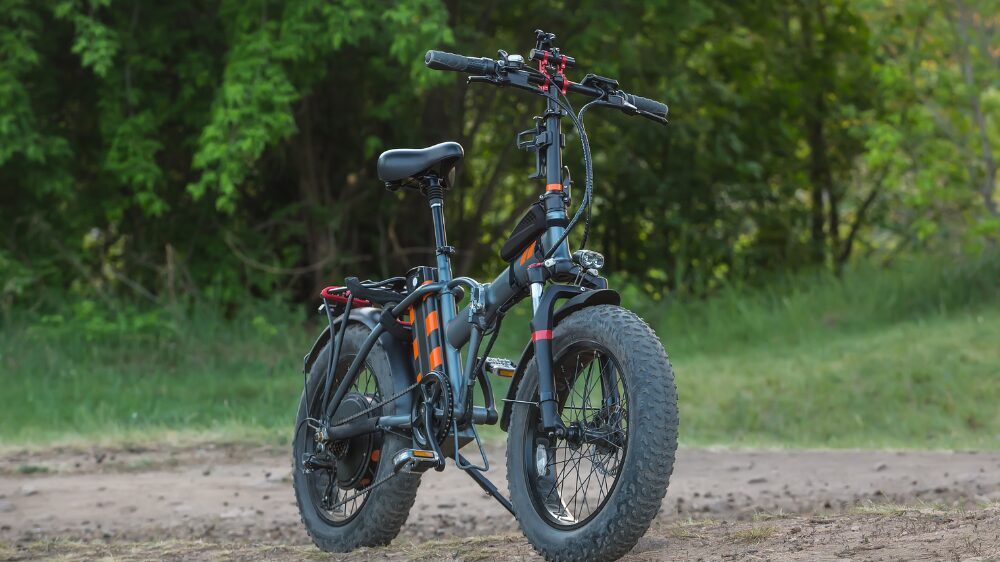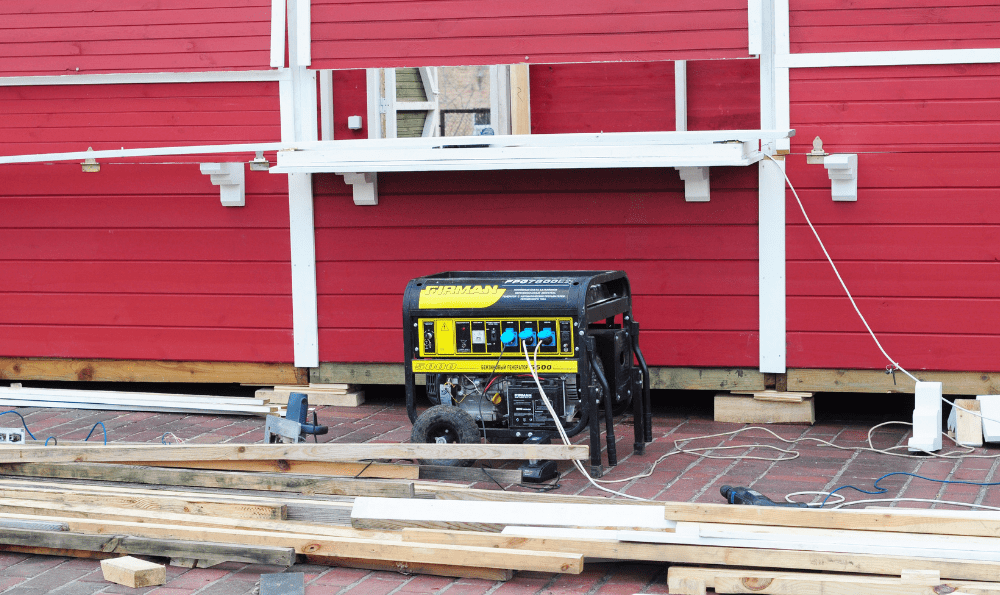
The New Jersey Transit train crash Thursday that injured more than 100 people could rekindle debate over the urgency of installing automatic braking on trains to prevent speeding and stop trains at terminals.
The train slammed into the Hoboken terminal with the engineer slumped at the controls, according to witnesses, injuring scores. The speed limit for trains entering the rail yard at Hoboken is 10 mph, and it reduces to 5 mph near the platforms.
Bella Dinh-Zarr, vice chairman of the National Transportation Safety Board, said investigators will "absolutely" check whether the lack of automatic braking might have been a factor in the crash.
New Jersey Gov. Chris Christie and New York Gov. Andrew Cuomo each refused to speculate at an afternoon news conference about what caused the crash, and whether automatic braking that is also called positive train control might have prevented it.
In May 2011, a Port Authority Trans-Hudson (PATH) train stuck the bumping post in a different part of the same station, sending 30 of the 70 people aboard to hospitals and causing $352,617 in damage.
The cause of that earlier crash was the failure of the engineer to control the speed of the train entering the station, according to the National Transportation Safety Board, which investigated the incident. The board said the lack of automatic braking “would have intervened to stop the train and prevent the collision.”
In February 1996, a New Jersey Transit train collided nearly head-on with another train near Secaucus with about 400 people on both trains. The engineers on both trains and one passenger were killed in the crash; 10 people suffered serious injuries; about 150 had minor injuries, according to the safety board.
The cause of the Secaucus crash was one train running through a red stop signal because of the engineer’s diabetic eye disease, according to investigators.
The safety board has urged adoption of positive train control as one of its "most wanted" safety recommendations since 1990, so that trains will slow down or stop as directed by speed limits or stop signals if the engineer is incapacitated or distracted.
The urgency for the recommendation was revived in December 2013 with a Metro-North Rail Road crash that killed four in New York, and with an Amtrak crash in Philadelphia in May 2015 that killed eight and injured 200.
“While we are just beginning to learn the cause of this crash, it appears that once again an accident was not prevented because the trains our commuters were riding lacked positive train control – the longer we fail to prioritize investing in rail safety technology, the more innocent lives we put in jeopardy," said Rep. Sean Patrick Maloney, D-N.Y, and a member of the Transportation and Infrastructure Committee.
Congress set a 2015 deadline for railroads to adopt automatic braking, called positive train control, after a 2008 head-on collision in California between a Metrolink commuter train and a Union Pacific freight train that killed 25 and injured 100.
The Federal Railroad Administration counted about 300 people injured and 10 killed in train accidents each year from 2003 through 2012 — without counting highway-grade crossings or trespassers walking along tracks.
Since 2005, the board has investigated more than a dozen train accidents with more than 50 people killed and more than 1,000 injured. The board concluded that positive train control would have prevented many of the accidents, including:
- A collision of two trains in April 2011 near Red Oak, Iowa, where fatigue was a factor in the deaths of two crewmembers.
- A crash in May 2008 in Newton, Mass., where a transit-train operator fell asleep briefly and a collision with another train occurred.
- A July 2005 collision in Anding, Miss., which killed all four operators where fatigue was a factor.
The automatic-braking system requires installing electronics in trains that communicate wirelessly with signals and stations along the tracks for updates on speed limits or other warnings. The equipment has to be synchronized with existing signals, switches and sensors.
As freight and passenger railroads strive to adopt the system, Congress extended the deadline to 2018, with another possible extension by the transportation secretary to 2020.
House Minority Leader Nancy Pelosi, D-Calif., said the deadline shouldn't have been extended without also halting the trains for safety.
New Jersey Transit has said it expects to complete installation by 2018. But the railroad scores a zero for locomotives and track segments completed, according to a Federal Railroad Administration scorecard.
The railroad said in May that it had made two prototype vehicles, a locomotive and a train car, to test equipment on eight miles of track along the Morristown line. But the total budget projected at more than $250 million still requires installing receivers on 440 locomotives, installing 124 radio towers and training 1,100 workers, according to a report to the FRA.
New Jersey Transit, which has allocated $225 million for the project, earmarked $1 million during the fiscal year that began July 1 for the project to secure use of a radio frequency for the system to communicate with trains.
To follow this interesting case click on this link.


